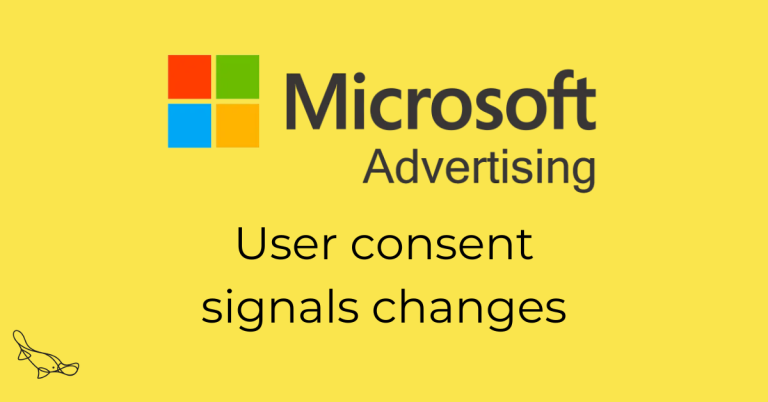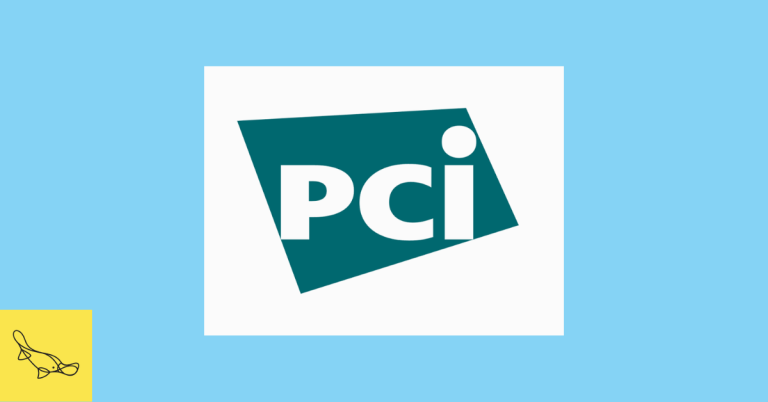Online advertising is evolving once again, with stricter consent requirements coming into effect for Microsoft Ads..
If your organisation runs Microsoft Advertising campaigns (like Bing Ads) targeting users in the EEA, UK, or Switzerland, you’ll need to take action before May 5th, 2025.
Advertisers on Microsoft Ads now need clear user consent before using tracking cookies or device IDs. Without this, key ad features – like retargeting and conversion tracking – won’t work properly, which will affect your campaign results.
You may already have an email from Microsoft Ads flagging this.
The changes ensure compliance with (UK)-GDPR
Other platforms like Google (Consent Mode V2) and Meta have already made similar changes, so this is part of a bigger shift towards stricter data protection so these platforms better align with UK-GDPR regulations..
Microsoft now requires advertisers to secure explicit user consent before placing Microsoft device identifiers (such as cookies) on user devices. This makes sure you have compliance with regulations and Microsoft Advertising policies.
What you need to do
Microsoft are working on updating the UET template in Google Tag Manager to make this process easier. Currently, the main way to make these changes would be through the same approach you may have taken when implementing Consent Mode V2.
If you use Universal Event Tracking (UET) to measure Microsoft Advertising performance, you must make sure consent signals are correctly passed.
One of the most effective ways to do this is by setting up UET tags via Google Tag Manager (GTM).
Why use Google Tag Manager for UET?
GTM provides a streamlined way to manage all your tracking tags in one place, including those for Microsoft Advertising.
By setting up UET tags in GTM, you can:
- Ensure compliance – adjust how tags behave based on user consent.
- Simplify tag management – keep all your tracking in one central location.
- Improve flexibility – easily update or modify tags without changing site code.
How to set up UET tags in GTM
- Create a new tag – In Google Tag Manager, add a new tag and select Microsoft Advertising UET Tag.
- Enter your UET Tag ID – This can be found in your Microsoft Advertising account.
- Configure triggers – Set the tag to fire on the appropriate pages or actions (e.g., conversions, purchases, form submissions).
- Integrate with consent settings – Use GTM’s consent mode to ensure that tags only fire when users have given the required permissions.
- Test and publish – Use GTM’s preview mode to check everything is working correctly before publishing.
Your next steps
If you’re not sure where to start, check out Microsoft’s post for further details. You can also reach out to your account team or Microsoft support for assistance.
Here are your best next steps:
- Audit your current setup – Check how you manage consent and whether your Microsoft UET tags are compliant.
- Choose a compliance method – Implement one of the supported solutions before May 5th, 2025.
- Monitor & review – Regularly review consent data to ensure compliance and maintain advertising performance.
Stay Compliant, Stay Competitive
These changes are fast approaching – taking action now will ensure a smooth transition. By securing user consent properly, you’ll maintain accurate campaign tracking, stay compliant, and continue optimising your advertising performance.
If you need support navigating these changes, our team is here to help!





